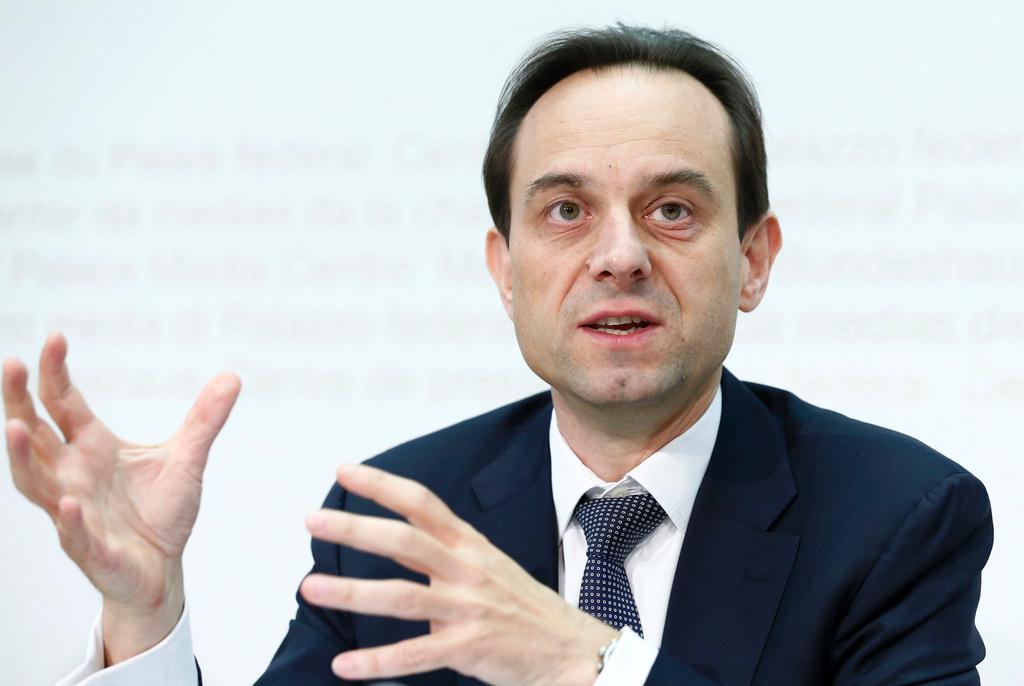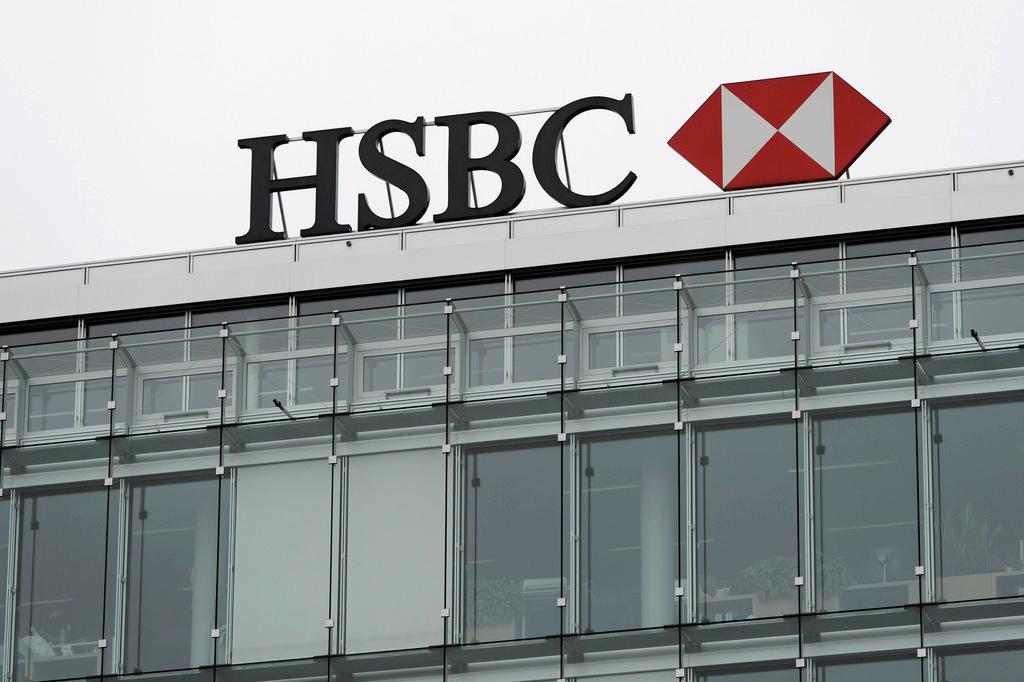Financial regulator awards itself top marks

Switzerland’s financial regulator has defended its record at keeping banks in line, just days after facing a parliamentary commission grilling over its role in the HSBC tax evasion and alleged money laundering scandal.
Speaking at the Swiss Financial Market Supervisory Authority’s (FINMA) annual press conferenceExternal link, chair of the board of directors Anne Héritier Lachat said that the regulator had placed an “emphasis on enforcement” last year.
Héritier Lachat highlighted action against UBS over currency manipulation, plus other enforcements in 2014. “However, such proceedings represent only the visible part of our activities – the part which attracts media coverage,” she said. “The bulk of our work is carried out behind the scenes.”
But FINMA has endured closer scrutiny in the last few days from a Senate commission that wanted to square lurid media allegations of money laundering at HSBC’s Geneva-based private bank with three separate FINMA investigations into the bank in the last three years. The details of what was said during that hearing have yet to be made public.
The Senate Commission said it would not comment until its investigation is completed – most likely towards the end of May.
In February, FINMA was forced to defend its handling of HSBC before the media, saying it had acted in a timely fashion and had forced the bank to implement corrective measures.
The same action was enforced against the Lugano-based BSI bank that on Monday became the first financial institution on the Department of Justice non-prosecution programme to be fined ($211 million or CHF203 million) for tax evasion offences in the United States.
US tax evasion cases
On the same day, FINMA concluded its two year investigation into the bank, issuing a reprimand and demanding corrective measures. FINMA does not have the power to issue fines.
FINMA revealed on Tuesday that it had ordered 21 banks to conduct internal reviews of their US business. “The investigations revealed a range of issues. Some banks were deliberately adopting a very risky approach to untaxed US client assets; others were failing to exercise the necessary caution,” FINMA’s annual report states.
FINMA followed up with 12 enforcement proceedings, resulting in nine rulings ordering banks to tighten up their acts. One case is still ongoing, the regulator reported.
In defence of its recent record, FINMA noted that the Swiss government and the International Monetary Fund (IMF) had each given the regulator high marks in recent assessments. The IMF report, issued earlier this month, included a recommendation to “increase FINMA’s resources”.
Addressing Tuesday’s press conference, FINMA chief executive Mark Branson said the regulator had been steadily increasing demands on “too big to fail” banks to better ensure that they maintained a large enough capital buffer to withstand future shocks.
Law of physics over nature
Branson, a former UBS banker, paid particular attention to the way banks work out their own levels of risk using complex mathematical models.
“Just over 20 years ago, internal models for assessing financial risk were popping up everywhere as banks suddenly discovered the laws of physics,” he said. “Bankers and supervisors were convinced that the modelling used to analyse natural phenomena could also be applied to financial risk. As it turned out, they were wrong.”
FINMA has devised a number of methods to iron out discrepancies between the banks’ internal assessment of risk and calculations carried out by outside agencies.
Since 2012, FINMA has applied a “multiplier” to the size of risk that banks calculate for mortgage loans and some corporate loans on their books. This bumps up the size of risk to a level that FINMA finds more realistic and compels banks to set aside more capital to cover potential losses.
The regulator also refuses any adjustments that banks make to their internal calculations that substantially reduce risk in one fell swoop. And it has started to demand that banks reveal exactly how they assess risk using their own models.
Branson also said he welcomed the government’s request in February to increase leverage ratios – that measures how much money a bank has borrowed compared to its assets. The maximum leverage ratio currently set for Swiss banks is 3% compared to 5-6% in the US.

In compliance with the JTI standards
More: SWI swissinfo.ch certified by the Journalism Trust Initiative












You can find an overview of ongoing debates with our journalists here . Please join us!
If you want to start a conversation about a topic raised in this article or want to report factual errors, email us at english@swissinfo.ch.